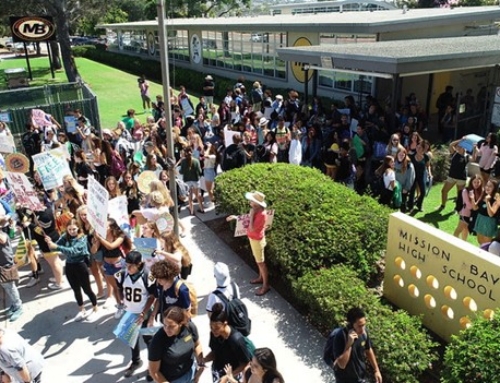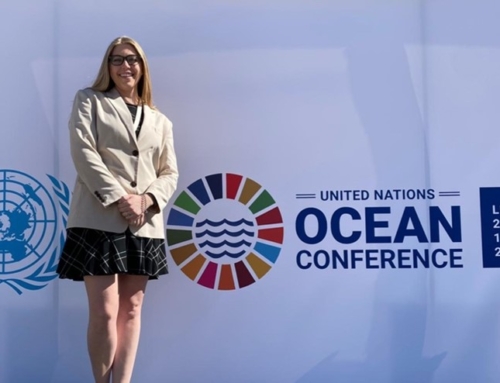The American Association for the Advancement of Science, the world’s largest general science membership organization, states it clearly, “Climate change is already happening. More heat waves, greater sea level rise, and other changes with consequences for human health, natural ecosystems, and agriculture are already occurring in the United States and worldwide.” So how will climate change affect California – and is it already? More specifically, how will the San Diego region be affected by this new climate reality?
On May 14 STAY COOL members will hear from a local climate expert, Dr. Dan Cayan, at
our next educat ional meeting. He’s the director of the Climate Research Division at the Scripps Institution of Oceanography (SIO), and the director of the California Nevada Applications Program at the California Climate Change Center. He has helped apply climate research to improve the understanding of climate variability for decision makers in our state.
ional meeting. He’s the director of the Climate Research Division at the Scripps Institution of Oceanography (SIO), and the director of the California Nevada Applications Program at the California Climate Change Center. He has helped apply climate research to improve the understanding of climate variability for decision makers in our state.
According to Dr. Cayan, the West is particularly vulnerable to climate change. “In California and in the West, the spring and winter in particular have displayed the strongest trends towards warming. And when we look at the western part of North America, we’re seeing a broad footprint of warming that we think is probably the early signs of human-caused climate change.” Cayan believes this pattern fits with the large scale climate tendencies of global warming, along with melting glaciers and rising sea levels. In the future we can expect climate change to warm our environment by at least a couple degrees Fahrenheit and perhaps double that in the next several decades. That, in California, is likely to reduce the springtime snow pack towards the end of the century by at least half. This dry year in particular, the snowpack water content was measured at 68 percent below average, according to the Department of Water Resources. With these reductions in our snow packs, we’re looking the substantial loss of water supply in snow storage.
In San Diego, so much of our quality of life, health and economy relies on our water supply and our relationship with the coast. San Diego imports about 70 percent of our water from outside our region. Our semi-arid climate means water sources are scarce, yet our economy and our growing population depends on a steady supply of water to survive.
As the earth warms, oceans expand and sea levels rise.  Sea level rise scenarios vary, but
Sea level rise scenarios vary, but
the scientific community agrees that San Diego is vulnerable to coastal flooding and erosion in low-lying coastal areas, which has the potential to disrupt wastewater systems, energy facilities and transportation routes.
With so much at stake, what must we do to prepare for the coming changes and protect future generations? How will San Diego meet its future water needs? What are the leaders in our region doing now to adapt to and prepare for climate change?
Dr. Cayan will shed light on these questions and share insights based on his research work at our next meeting. Hear the latest research, future projections and how our communities should prepare. Learn how we, as individuals, can help address the problem.
Learn more about our May 14 event here: https://staycool4grandkids.org/get-involved
Attendance at the May 14 event is limited, so please RSVP: sarah@staycool4grandkids.org



